We were lucky to catch up with Terry Streetman recently and have shared our conversation below.
Terry, appreciate you joining us today. So, one thing many business owners consider is donating a percentage of sales or profits to an organization or cause. We’d love to hear your thoughts and the story behind how and why you chose the cause or organization you donate to.
One of my biggest motivations behind starting my business is to grow to a point where I can use the proceeds to support causes that are close to my heart. Even in the earliest stages of the business before fully recovering startup costs, it was a priority to give back to causes and communities that are important to me. Sometimes this takes the form of a percentage of monthly sales, and sometimes it is a percentage of profits from a particular product.
One example is the hand-turned wooden magic wands that I make on the lathe. I started making them as a way to develop my skills with the lathe, and because I had a lot of friends who were fans of the well-known book series about a certain bespectacled boy wizard. After the harmful views and behaviors of the author of that series came to light, it started to feel necessary to fight back against that harm. What I eventually settled on was donating 50% of magic wand profits to Trans Lifeline, to help support the community that the author was targeting and harming with her bigoted rhetoric.
In this way, I’m able to use my work to show and provide tangible support for a vulnerable community.
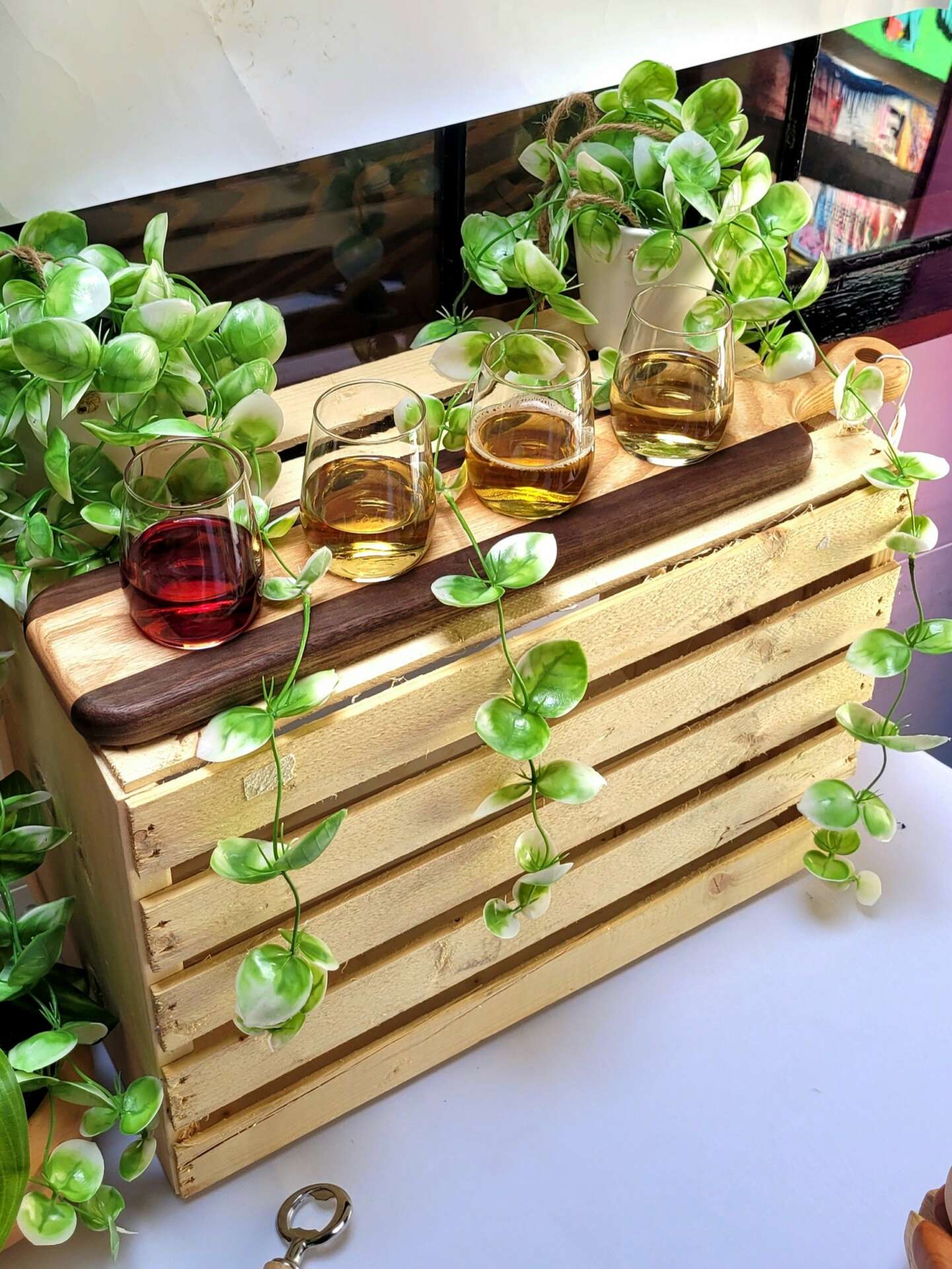

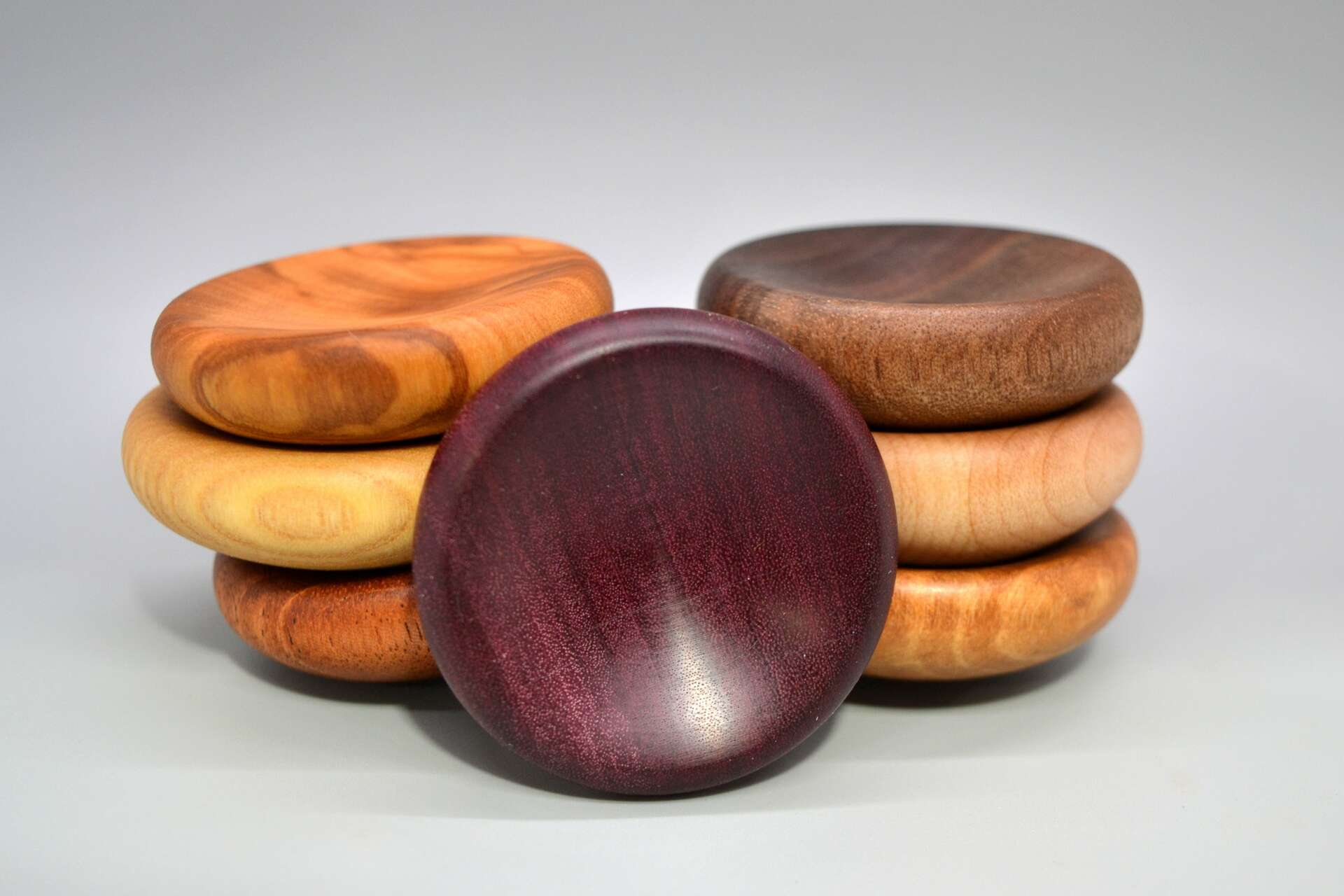
Terry, before we move on to more of these sorts of questions, can you take some time to bring our readers up to speed on you and what you do?
My interest in and love of woodworking has very early roots in my life. My grandfather was a skilled woodworker and one of the people I looked up to most as a child. He had a knack for the work, likely rooted in his educational and professional background in engineering. Over the course of his incredible life, he was a Naval Aviator, Head of Design Staff at General Motors, and (no exaggeration) a literal rocket scientist. As a child, I was always impressed by his ability to conceptualize and build things ranging from a simple firewood shed, to household furniture, to entire houses. I admired the simplicity and the durability of the items he made, finding them very different from the pieces one could purchase from big box stores.
In 2019, when my wife and I bought our first house, I purchased a variety of secondhand tools from thrift stores and estate sales, and set up my own shop in a small (5’x9′) room in the back of the garage. My own woodworking journey began with improvements for our own home and making small gifts for family, friends, and their children. I found I had a love for the work, as well as some level of skill that I could build on.
In 2020, like many other people who suddenly found themselves spending more time at home during COVID restrictions, we began to reevaluate our home decor and accessories, wanting to fill our spaces with more plants and with items that were of higher quality. This helped to inspire much of the work that I do today, focusing on simple, high quality pieces that showcase the natural beauty of solid hardwood. Some of the first successful products I had were plant propagation stations, which I began making for my wife, whose pandemic hobby had been growing a variety of houseplants. As my skill level grew and friends and acquaintances became familiar with my work, I saw more and more demand for the pieces I was making, and the Peregrine Woodshop brand was born.
My major product categories include: live edge furniture; houseplant accessories – such as plant stands and plant propagation stations; food and drink accessories – like charcuterie platters and flight boards; and my newest and most successful product – wooden anxiety fidgets. All of these products are made from solid hardwood, handmade with attention to detail and a focus on minimal, natural finishes. I primarily work with domestic hardwoods and try to source locally as often as possible, as I want to be conscious of the environmental impact of my work.
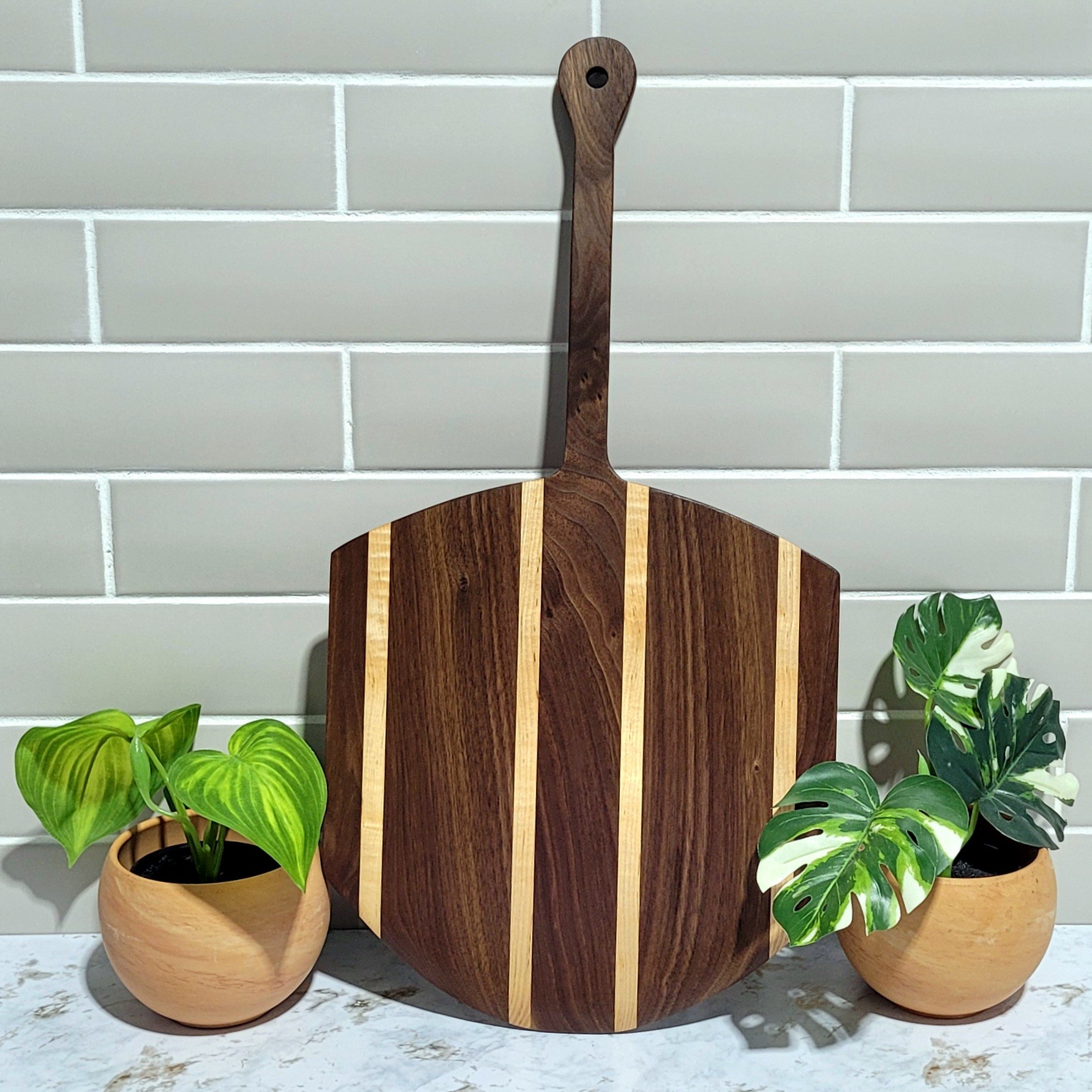
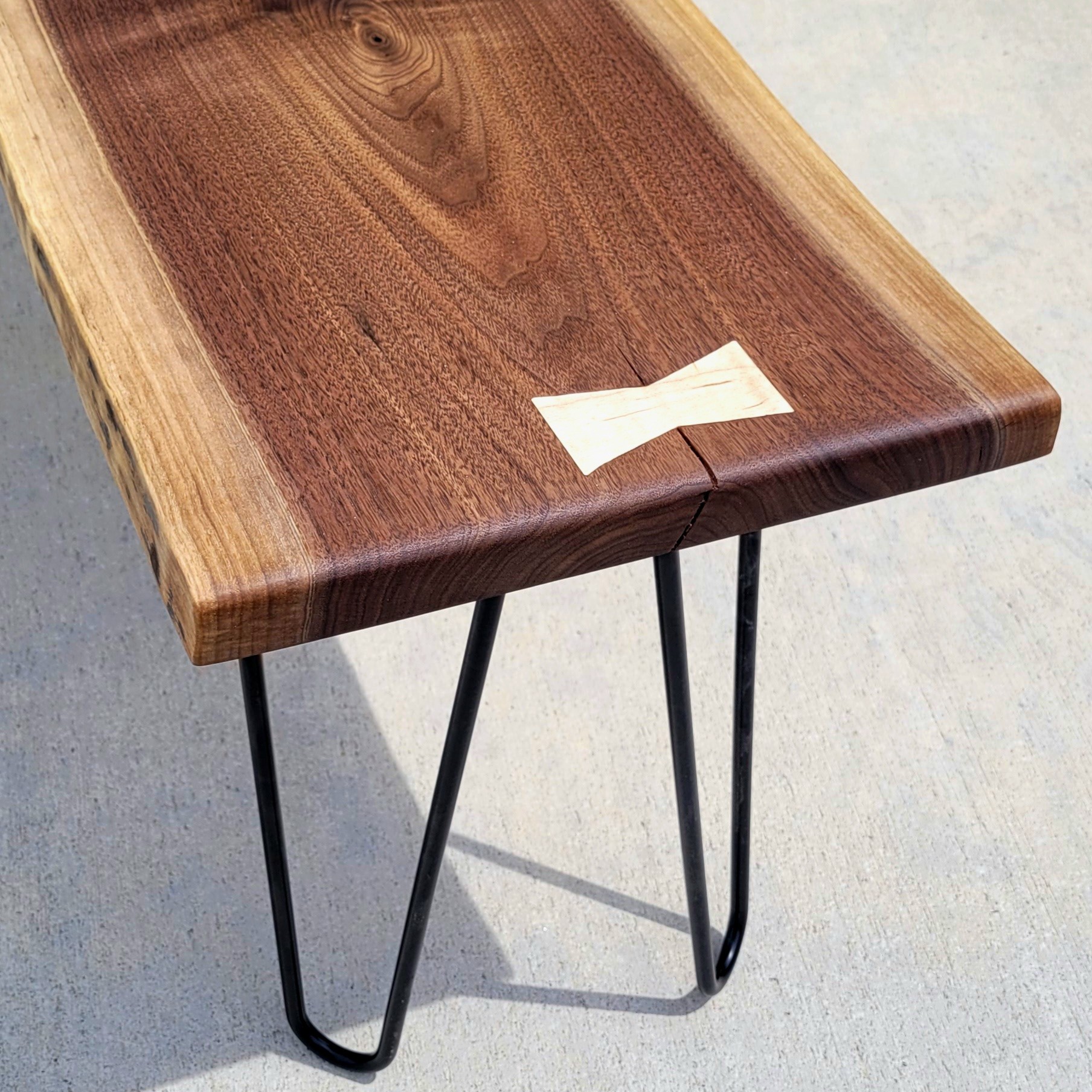
Any insights you can share with us about how you built up your social media presence?
My journey with social media, specifically in building my Tiktok audience, has been a lot like my process for creating new products in the woodshop – a lot of trial and error, with a focus on keeping things simple and genuine.
I came to Tiktok after a couple of years of posting product and process photos to Instagram. I had built a meager following there and connected with a number of other woodworkers and makers, but hadn’t seen much of that following translate into viral reach or many sales. As Tiktok’s popularity increased, I created an account and would occasionally post a few videos based on things that were trending at a particular moment. It wasn’t until I made a change in my content and a decision to commit to consistently posting that I saw some success.
Rather than chasing trends and hoping to catch onto the next viral craze, I decided to challenge myself to post more videos speaking to camera. I wasn’t especially comfortable with the format, but past work experience with social media had taught me the importance of being genuine and honest. So I began treating my Tiktok as more of a visual journal. I committed to making a post from the shop every day, no matter how simple it might be. Some days I would post a longer video explaining the process of creating a full piece, and some days it would just be a quick update to review what I had worked on that day. Eventually, these videos also included updates and recaps from market events. I worried less about making “trendy” videos or anything polished and professional, and focused more on being honest and vulnerable about my experiences both inside and outside of the shop.
Thanks to this approach, I began building an audience of not just other makers, but also potential customers who had formed a personal connection with my content. And as it turned out, my biggest, most virally successful video turned out not to be from a trending audio or dance, but from a moment of honest vulnerability at a successful market event.
The success of one of my most popular products, my wooden anxiety fidgets, has largely been driven by audiences on Tiktok connecting with my open and honest discussion of how my own mental health struggles led to the creation of the product.
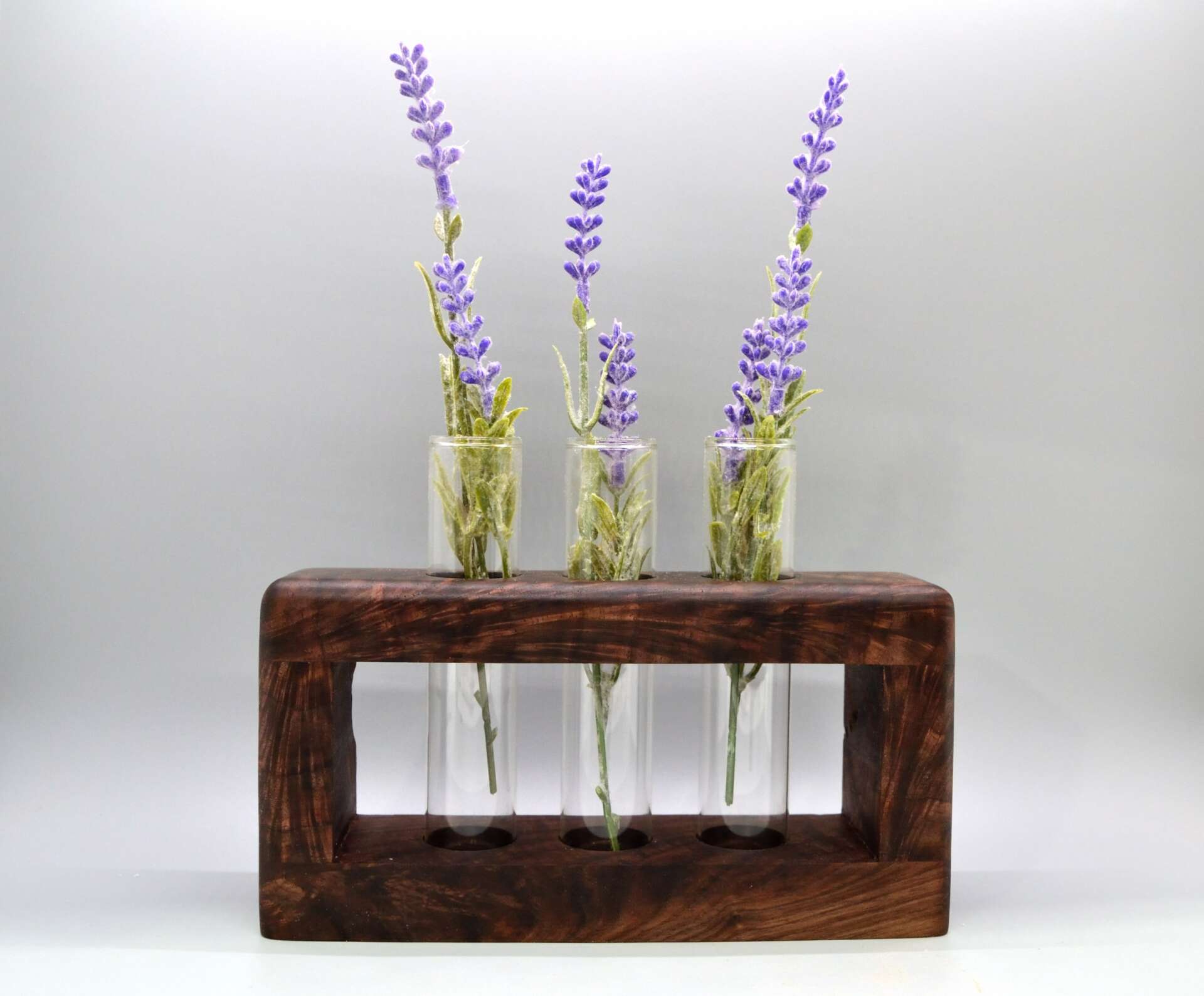

We’d love to hear the story of how you turned a side-hustle into a something much bigger.
If you had asked me 15, 10, or even 5 years ago, I never could have predicted that this is what I would be doing with my life. The road that led me to woodworking was a long and winding one. My educational background is in creative writing and marketing, and I graduated from Bowling Green State University in 2009 with a Bachelor of Fine Arts degree. Career-wise, I have spent time working as a data entry manager, marketing and communications manager, a fundraising specialist, and as a nonprofit public policy professional. As recently as 2021, I was the Director of Public Policy for a state chapter of the Alzheimer’s Association, which for many years was my dream job.
While working in that 9-5 office job, I started to grow my woodworking skillset and sell more pieces to friends and neighbors. Even though I was selling work, I don’t know that I would have called woodworking a “side hustle” at the time.
Unfortunately, after contracting COVID-19 in the fall of 2020, I experienced significant physical and cognitive long COVID symptoms. These included brain fog and language difficulties so severe that I was no longer able to do my job at the level that was required. During this time, I began putting more effort into my woodworking as a sort of therapy, and found it to be immensely helpful. While I am still struggling with some COVID limitations more than two years later, this change in work has helped me recover both mentally and physically.
Over the next year, I increased my production in my woodshop, focused more on my social media presence, and began building connections in the community. Before long, I had my work for sale in two local boutiques and galleries and had participated in my first maker’s market. These successes helped to grow the idea that I might some day be able to do this work full time.
Eventually, my wife and I made the decision to move back across the country to be closer to family, and with that change in location, we made the decision to take a chance on me going full time with woodworking. It was (and still is) a massive, scary change. Since that big decision, my biggest milestones have included: moving into my first ever dedicated woodshop space; establishing relationships with several boutiques and stores in my area; and completing a full season of market events.
Contact Info:
- Website: https://www.etsy.com/shop/PeregrineWoodshop
- Instagram: https://www.instagram.com/peregrinewoodshop/
- Facebook: https://www.facebook.com/peregrinewoodshop/
- Linkedin: https://www.linkedin.com/company/peregrine-woodshop/
- Other: https://www.tiktok.com/@peregrinewoodshop


